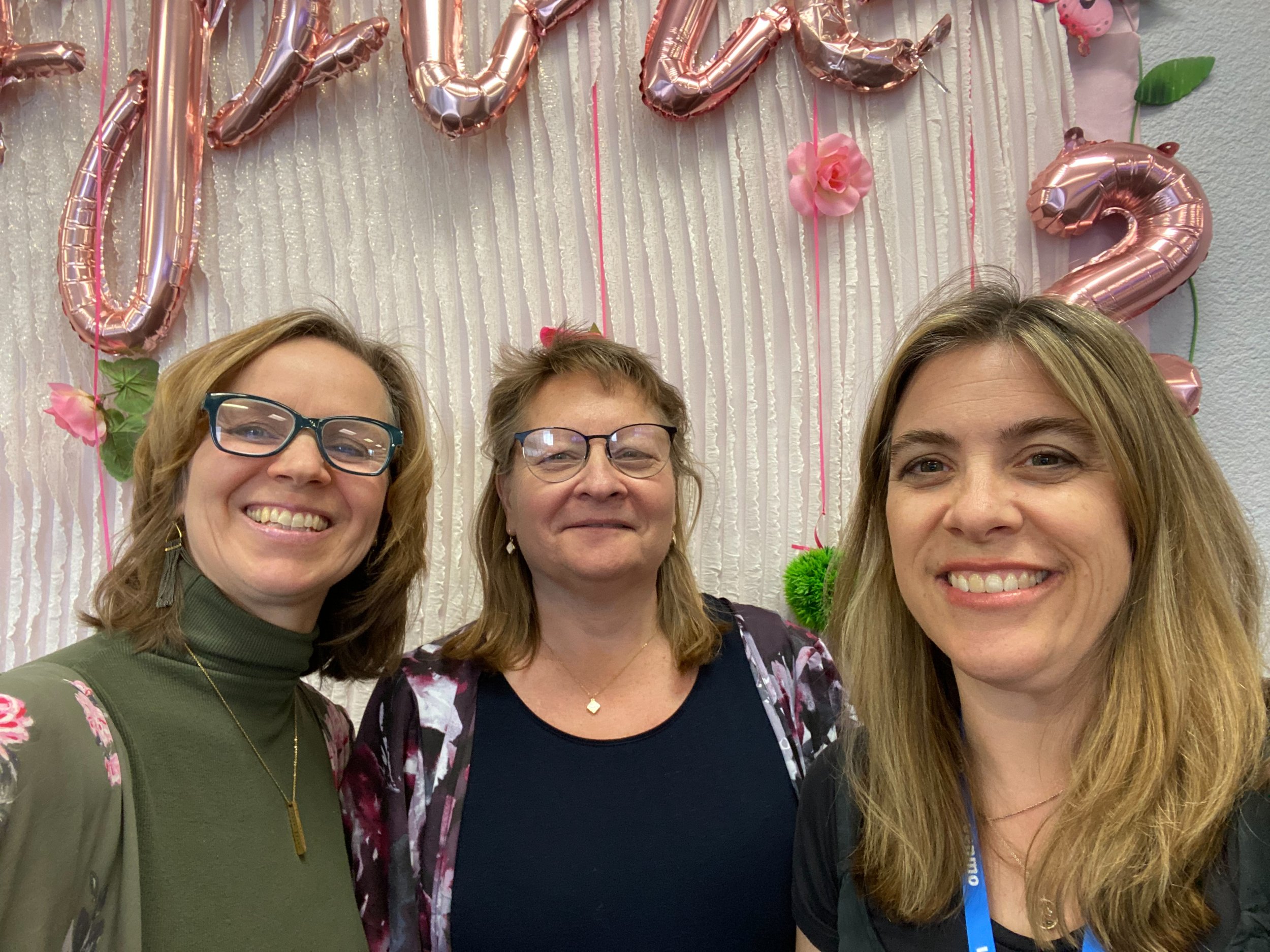share hope
More than a Jewelry Brand
Since 2017, HopeCo. has been helping survivors of exploitation and hardships develop and grow their businesses. Our mission is to help these organization and individuals develop their programs, heal trauma and develop skills with the goal of becoming self-sustaining.
YM Design in Mexico • S.S. in China • AIM Cambodia
Sharon in India & US • Ruth in Uganda
Lighthouse Charities, North Las Vegas
Hoving Home in Las Vegas & New Jersey
Regeneration Enterprises, Henderson, NV
S.E.E.D.s of Hope, Las Vegas
Phoebe, Rene & many other Ladies in Las Vegas
Become a Partner in Hope
Your giving empowers survivors to build lives free from exploitation.
There are many ways your donations help:
Your gifts help survivors with job skills training, equipment, important living expenses.
We help entrepreneurs with seed monies for their businesses.
We help individuals and organizations with product development.
We help women in hardship bridge their needs until they are able to help themselves.
Share your talents & time
We would love to have you join us on this journey to change the lives of brave individual who have survived so much. We need volunteers who can create jewelry, help at events, donate items or simply drive someone to an appointment.
Thank you for helping in so many ways!





